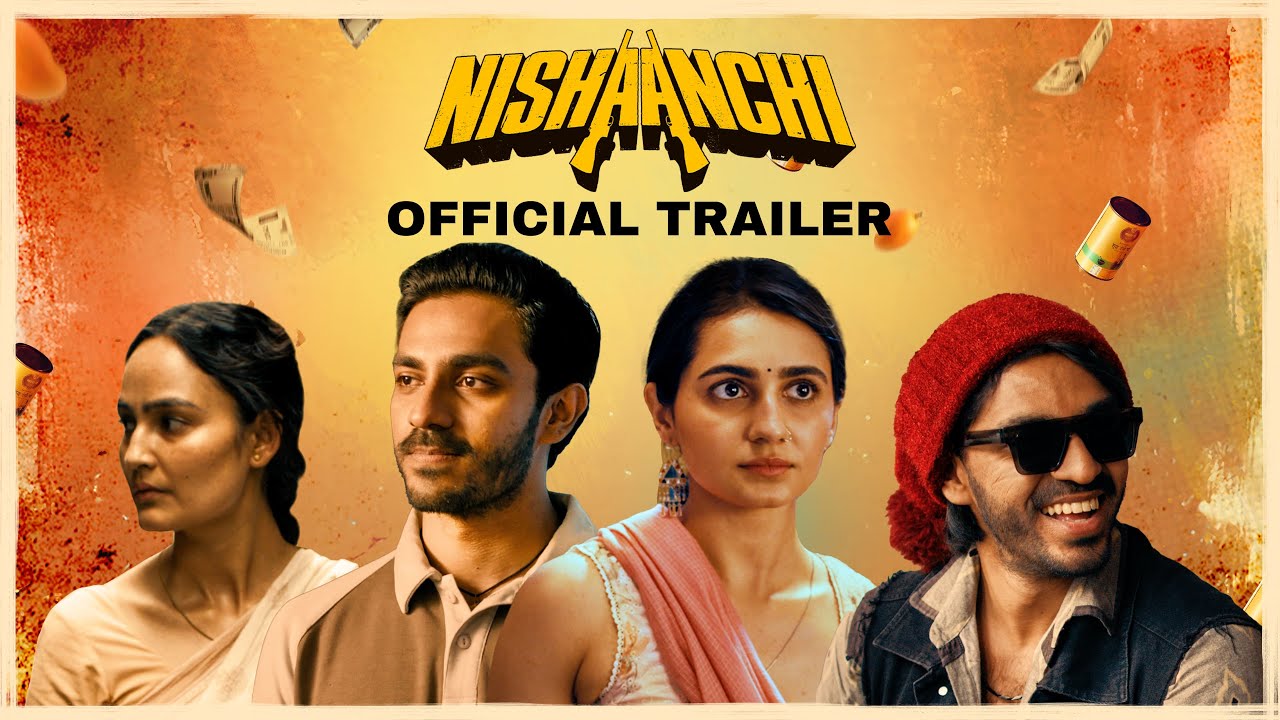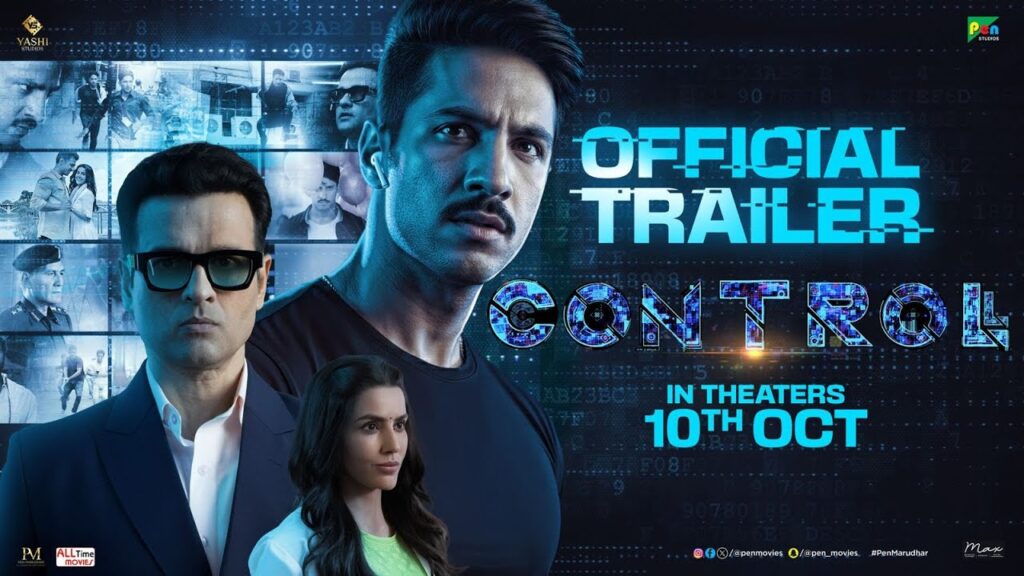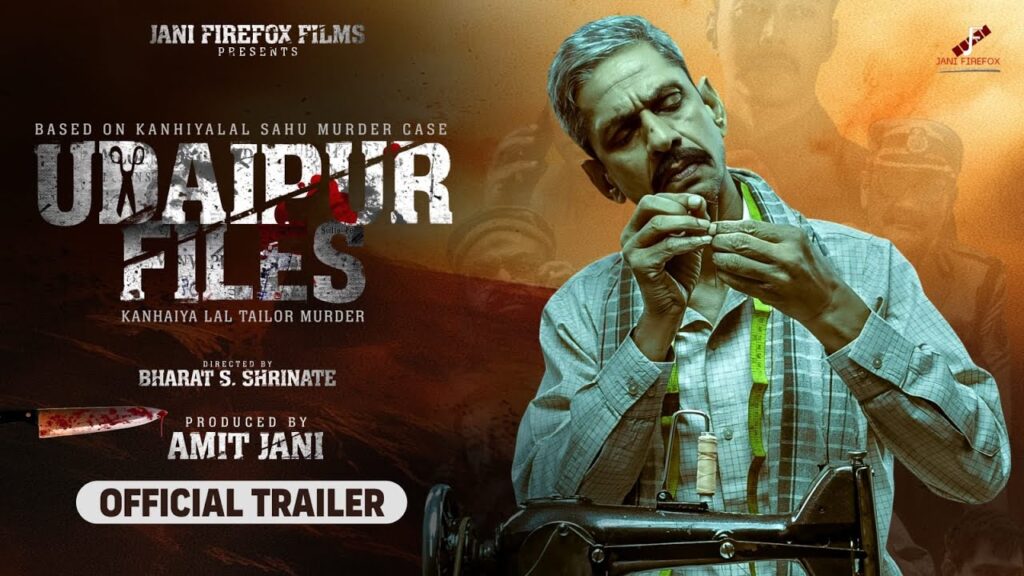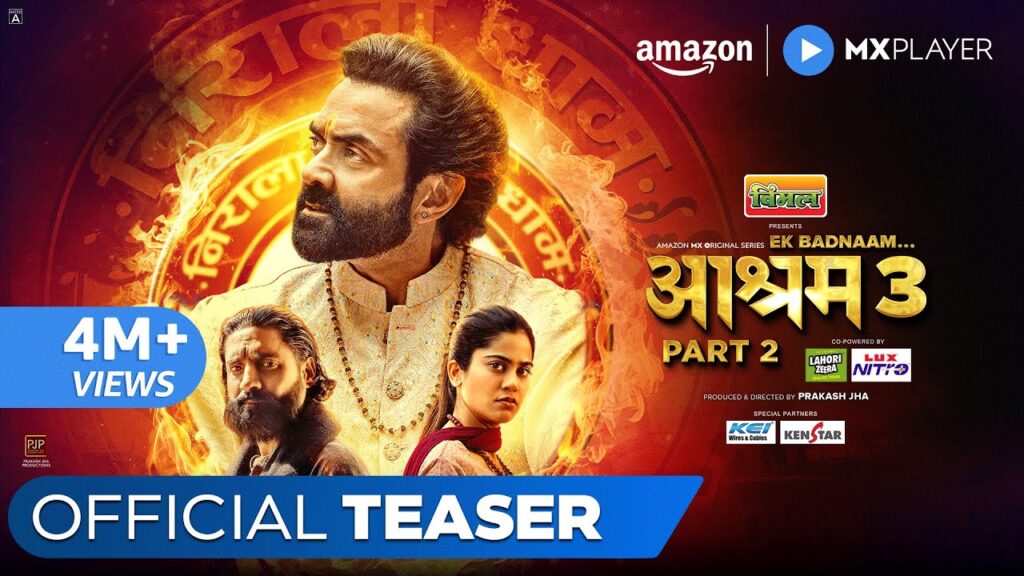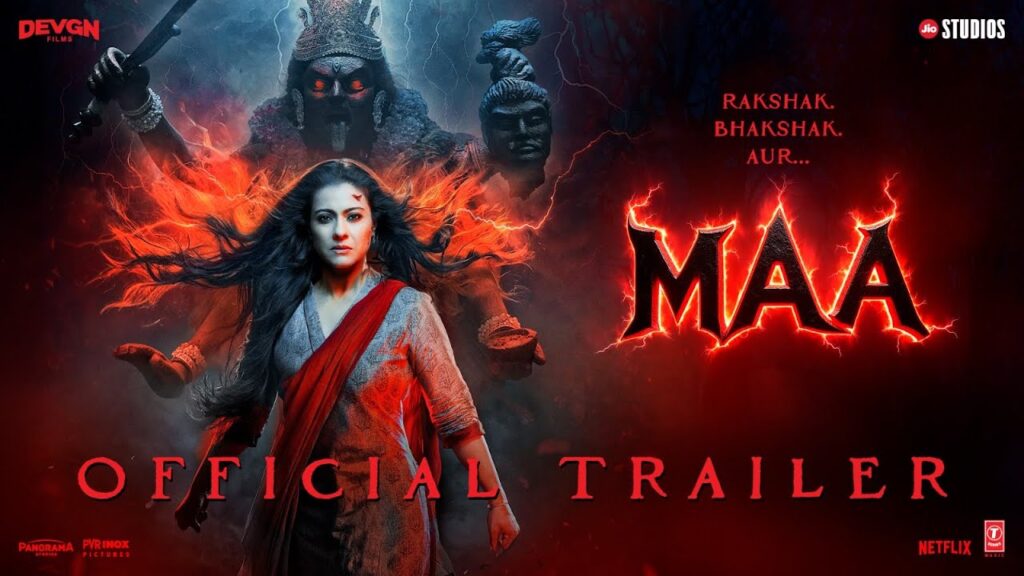Nishaanchi Movie 2025 Bapamtv Review Details
Nishaanchi (2025) — Soundtrack & Production Review
Nishaanchi is a textured crime drama where sound and production design are central to storytelling.
Check showtimes, seat availability, and exclusive offers for the latest movies near you.
Check on BookMyShow →This review examines the soundtrack, sound design, production values, and how these elements shape the film’s emotional core.
Soundtrack as Narrative Engine
The soundtrack of Nishaanchi functions as a narrative engine rather than mere background music.
Composers Anurag Saikia, Manan Bhardwaj, Dhruv Ghanekar and others craft themes that align with character beats.
Key songs like Birwa and Saram Lagela puncture scenes with emotional clarity while atmospheric pieces underline tension.
The album’s sequencing helps the film’s pacing, moving fluidly from energetic cues to introspective ballads.
Character Through Motifs
Leitmotifs are used to encode character presence; the twins each have distinct musical signatures that evolve.
As the naive brother confronts hard truths, his motif shifts in instrumentation and register, signaling growth.
The darker twin’s theme uses lower registers and percussive elements, reinforcing menace without overstatement.
These musical decisions aid character arc understanding even in scenes with sparse dialogue.
Vocal Performances and Lyricism
Vocal performances, notably by Arijit Singh, lend soulful weight to pivotal moments in the film.
Lyricists such as Varun Grover and Renu Chhibber write lines that feel colloquial yet poetic, enhancing scene subtext.
The words seldom state the obvious; they suggest feelings and let the actors and music complete the meaning.
On repeated listens, many tracks reveal hidden layers that echo narrative motifs and emotional undercurrents.
Sound Design: Texture and Space
Sound design in Nishaanchi is layered with textures that create a lived-in world — street noise, distant horns, and tactile ambience.
Field recordings are woven with studio elements so ambient cues feel organic rather than manufactured.
Dialogues remain clear due to smart midrange emphasis, while low-frequency elements add pressure to tense sequences.
Spatialization and panning are used subtly, giving scenes a three-dimensional quality in theatrical playback.
Mixing & Mastering Choices
The mixing preserves dynamic range; quiet passages retain intimacy while crescendos hit with cinematic impact.
Mastering choices keep clarity across platforms, ensuring the soundtrack stands up on headphones and larger systems.
Sibilance and clutter are avoided, and instruments are given their own sonic space, which prevents masking of vocals.
These technical choices show respect for both musicality and storytelling needs.
Production Design: Building the World
Production design grounds the story in physical reality with tactile set dressing and symbolic props.
Muted palettes, distressed textures, and purposeful clutter reflect the twin brothers’ fractured worlds.
Set pieces carry narrative weight — a recurring object links scenes and hints at backstory without exposition.
Costume design creates subtle visual contrast between characters, supporting the duality theme.
Practical Sets Versus Location Work
The film blends practical sets with on-location filming to maintain authenticity and cinematic control.
Interiors feel claustrophobic when needed and expansively lonely at other beats, mirroring emotional shifts.
Locations are chosen for character: marketplaces hum with life while certain locations feel stripped and bare.
This balance helps the audience move seamlessly between internal and external worlds of the characters.
Integration of Sound and Production
Sound and production are integrated thoughtfully; lighting, props, and sonic cues are complementary.
A practical lamp’s hum can become an aural motif; a creak in the floor gains meaning through repetition.
These cross-modal design choices bind image and sound into a single storytelling fabric rather than parallel layers.
The result is a richer viewing experience where sensory details reinforce emotional beats.
Instrumentation & Arrangements
Instrumentation blends acoustic folk textures with electronic layers to reflect rural-urban tensions in the narrative.
Strings are used sparingly for emotional punches while percussion drives suspenseful sequences.
Traditional instruments provide cultural texture, and sampled sounds add modern grit to the sonic palette.
Arrangements are economical — every instrument seems to have a narrative purpose rather than filling sonic space.
Editing, Montage & Musical Rhythm
Editing rhythms are often synchronized with percussive tracks, particularly in montage sequences that accelerate plot beats.
This rhythmic editing creates a visceral momentum that amplifies narrative urgency without relying solely on dialogue.
Silences are used strategically; music retreats at crucial moments to allow performances to register deeply.
The interplay between sound and cut creates a breathing rhythm that supports the screenplay’s structure.
Comparative Production Quality
Compared to recent Indian crime dramas, Nishaanchi exhibits a high level of production polish and sonic ambition.
The restrained use of VFX and emphasis on practical production elements align with contemporary industry trends favoring realism.
Its production values place it competitively alongside films that prioritize craft over spectacle in the genre.
Sound and production quality together suggest strong consideration for awards in technical categories.
Audience Response & Cultural Reach
Early buzz highlights the soundtrack as a conversation starter on social media, with fans dissecting cues and favorite tracks.
Streaming playlists and shared clips have amplified interest, helping the film reach audiences beyond theatrical viewers.
Discussion threads on sites like iBomma Movies, Bappamtv Movies, and Iradha Movies point to strong listener engagement.
The soundtrack’s standalone appeal may sustain the film’s cultural presence over time.
Technical Awards Potential
Given the attention to mixing, design, and original composition, Nishaanchi has credible potential for nominations in sound editing and original score.
Production design and art direction may also attract juried recognition for their textual richness.
The film’s cumulative craft choices position it well for festival circuits and technical award categories.
Recognition would likely honor both the artistic intent and execution behind sonic and visual elements.
Listening & Viewing Recommendations
For best effect, experience Nishaanchi in a theater with surround sound; the panning and depth work wonders there.
At home, headphones reveal subtle textures and field recordings that enhance the film’s intimacy.
Listen to the soundtrack separately to appreciate motifs and lyricism that interlace with the narrative.
Repeat viewings reveal new connections between production details and thematic arcs.
Final Assessment
Nishaanchi uses its soundtrack and production design not as ornamentation but as storytelling partners that amplify mood and psychology.
The film rewards attentive viewing with layered sonic and visual motifs that deepen emotional resonance.
For viewers who care about craft — the marriage of sound, music, and production — Nishaanchi offers a satisfying and richly textured cinematic experience.
Rating: 4/5. Disclaimer: Rating may vary based on personal taste and evolving audience feedback.
Selected Tracklist
| Track | Composer | Vocalist |
|---|---|---|
| Birwa | Anurag Saikia | Arijit Singh |
| Saram Lagela | Manan Bhardwaj | Manan Bhardwaj |
| Jhule Jhule Paalna | Dhruv Ghanekar | Madhubanti Bagchi |
| Pigeon Kabootar | Nishikar Chhibber | Various |
